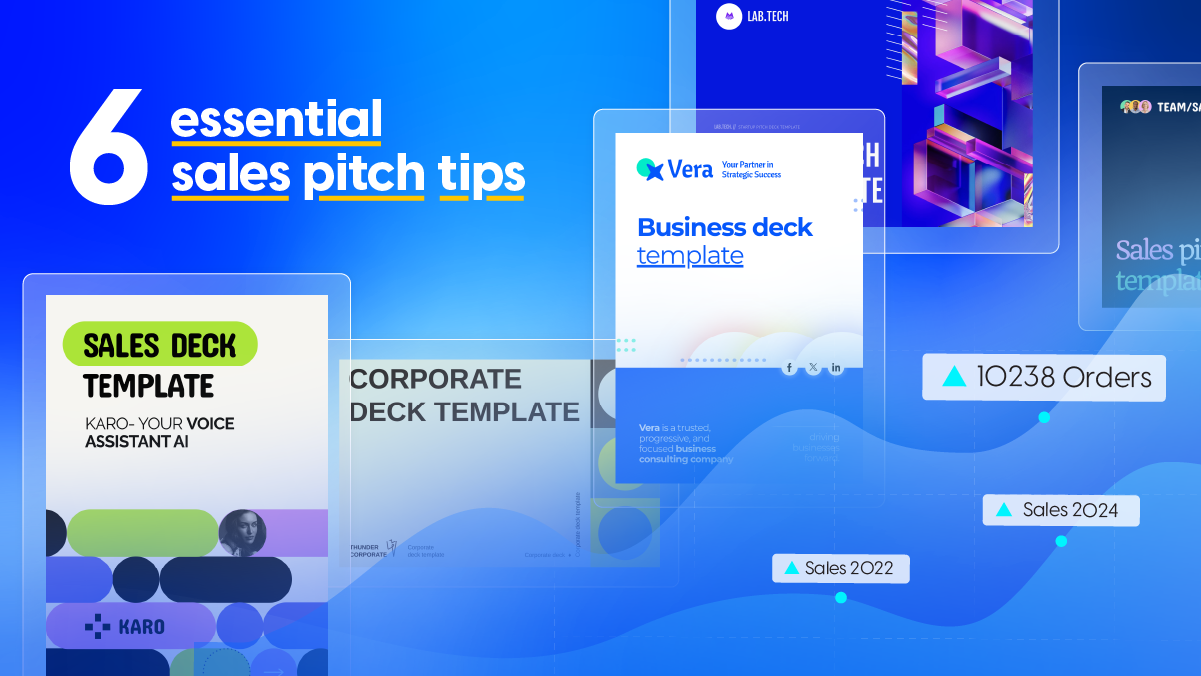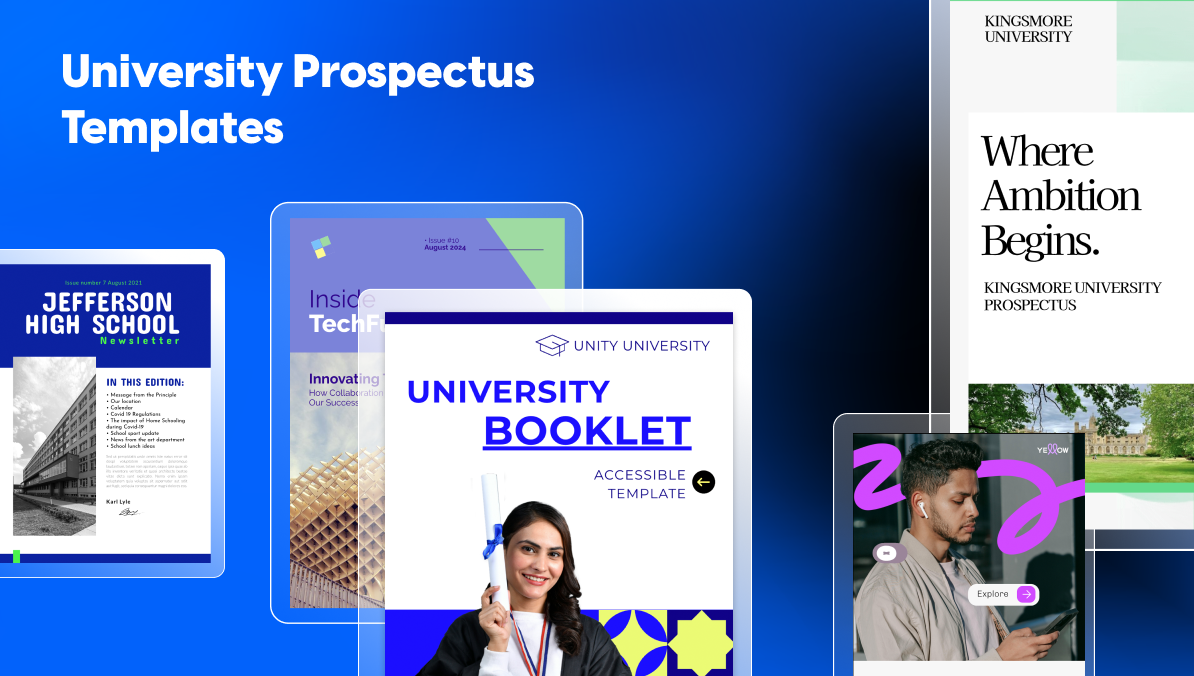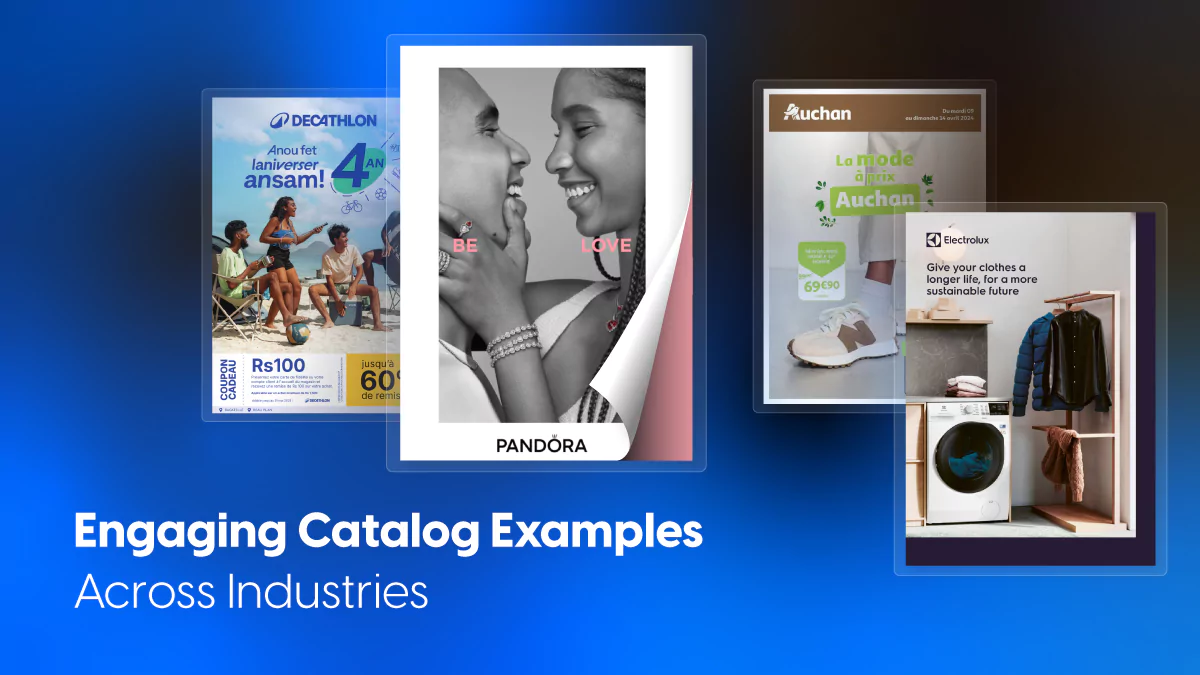Winning sales pitch examples: essential tips for new business owners
Looking for more ways to nurture leads to conversion as a new business owner?
Don’t underestimate the power of pitching.
Here’s the deal: You created your business for a reason. It’s there to help solve a specific problem for a particular target market.
In other words … your ideal customer needs you.
They want to hear from you — and they want to learn how your brand can help them better than your competitors. That’s why you need tried-and-tested sales pitches under your belt.
Let’s take a closer look at what a sales pitch is, why it matters, and six top tips for creating winning sales pitches. Get ready to save this article!

Table of contents
- What is a sales pitch?
- Why are sales pitches important?
- Benefits of successful sales pitches
- Top 6 tips for an effective sales pitch
- 1. Personalize your intro for each prospect or audience segment
- 2. Develop and showcase strong leadership skills
- 3. Include the top benefits and solutions your target customers care most about
- 4. Create, store, and share pitch templates with your team
- Use an all-in-one interactive pitch solution: Flipsnack
- 5. Use a hyper-specific open-ended question as a call to action
- 6. Include an email signature line that positions you as a pro
- Frequently asked questions
- Wrap up on winning sales pitches
What is a sales pitch?
A sales pitch is a presentation of your product or service offered to a prospective customer. It could be an in-person presentation, an email pitch, or a phone pitch. Some businesses also pitch via direct messages on social media platforms.
Here’s the gist of how to create a sales pitch (more on this in a bit):

Why are sales pitches important?
When you pitch your product or service, you’re “asking for the business.” (If you’ve ever been a sales rep, you know what we’re talking about.)
Regardless of your industry, having strategic marketing and sales processes in place is pivotal to growing your business. Plus, it’s a downright must to survive as a new entrepreneur.
Let’s take a closer look at the benefits of sales pitches.
Benefits of successful sales pitches
There are endless benefits to successful sales pitches. Here are some of the top ones:
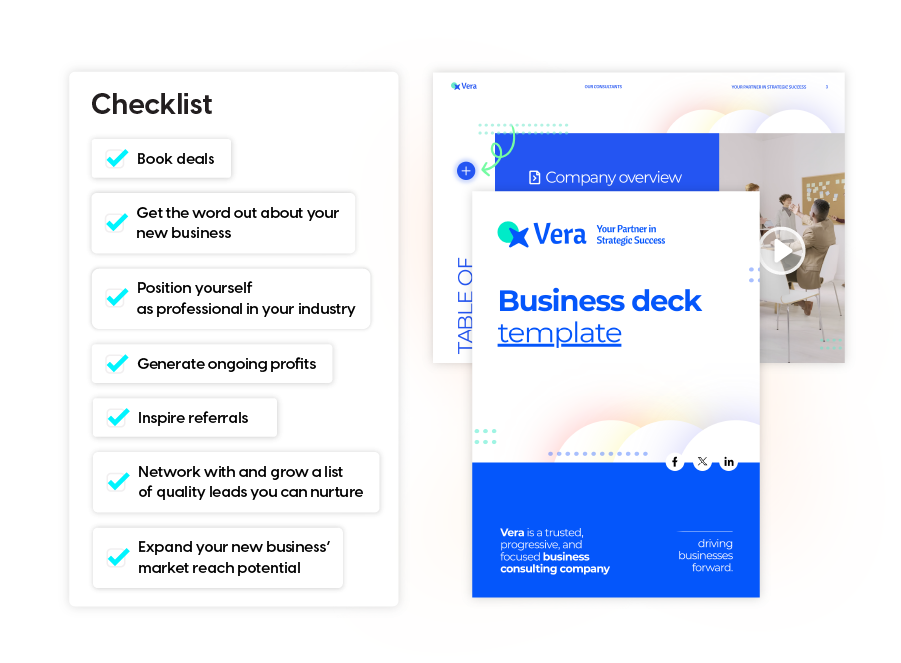
Top 6 tips for an effective sales pitch
Now that you’re clear on the basics, here’s how to create a successful sales pitch for a potential customer:
1. Personalize your intro for each prospect or audience segment
Never use a one-size-fits-all elevator pitch in your introduction, especially if it’s a follow-up pitch.
Instead, tailor it to the lead you’re communicating with or a specific audience segment. Greet them by their first name and circle back to the summary information you’ve (hopefully) stored in your meeting minutes software. This gives you a quick reference for the details you discussed during your previous conversation.
Here’s a quick example:
“Hi, Leslie!
It was so great chatting with you about the VIP lounge design mock-ups last Thursday. I know your new lounge is going to look incredible. 🤩”
2. Develop and showcase strong leadership skills
Take leadership development and communication classes — or sign up for online courses or webinars.
Why? Effective leadership development can help you communicate your vision clearly, build trust with potential clients, and inspire confidence in your product or service.
Here are some of the top skills you can gain through leadership development:
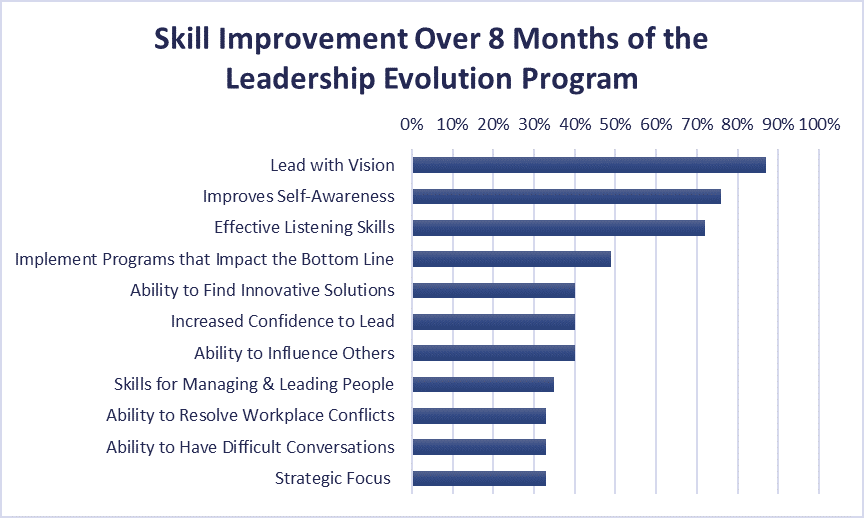
(Image source)
As a strong leader with great communication skills, you’ll know how to:
- Present yourself as a credible and reliable business
- Use messaging to persuade leads to buy
- Foster long-term business relationships
- Close deals faster
Plus, if you’re hiring a team or contractors, having strong leadership and communication skills can help you guide them toward success. Share your sales process, train them on managing customers well, and give them your tested sales scripts. More on sharing scripts in a bit.
3. Include the top benefits and solutions your target customers care most about
Get to the meat and potatoes of doing business with you — in other words, remind prospects about your unique benefits and solutions.
But be sure to touch on the ones they actually care about.
For example, if you’re following up on a product demo you hosted for them last week, highlight your lead’s “wow” moments.
When were they most …
Interested?
Intrigued?
Curious?
Excited?
When did you notice them nodding their head or smiling? What specific features did they gush about? Reiterate these details to spark their memory and re-energize them about doing business with you.
Bonus points for including social proof, like real customer stories, that speak to your target customer’s goals.
Here’s an example:
“Before I share the onboarding link with you, I’d love to review some of the top ways we can help you [meet a specific need/solve a particular problem]. For example, you mentioned you were worried about [problem/pain point], [problem/pain point], and [problem/pain point].
I completely understand where you’re coming from. In fact, our client Heidi from NoCodE had the same concerns. Here’s an exact breakdown of how we helped Heidi move from [overarching problem] to [end goal] without risking [problem/pain point], [problem/pain point], and [problem/pain point].
(You can read more customer stories here.)
For your specific business, we’d use our [mention specific approach] to help you [benefit 1], [benefit 1], and [benefit 3].”
4. Create, store, and share pitch templates with your team
Store your sales process instructions in a team collaboration tool.
Today, many Meta Workplace alternatives and solutions help teams collaborate better and share information quickly. You can use them to share script templates, customer insights, and feedback in real-time so each rep can refine their sales pitches.
This helps you ensure your sales team is well-informed and prepared, which can encourage more successful pitches and increased sales.
Some other sales resources you might store include:
- Documented sales goals
- Sales playbooks
- Sales training
- Pitch decks
- Sales data
Use an all-in-one interactive pitch solution: Flipsnack
Another very helpful solution for creating personalized pitch templates is Flipsnack, an online flipbook maker. With an integrated Design Studio, you can either choose to create a sales pitch from scratch or you can choose from many professionally designed pitch templates.
Flipsnack transforms your static sales pitch into an immersive flipbook experience for every target customer. Add interactive elements like video widgets, charts, go to page buttons for easier navigation, or hyperlinks that connect to your website. I am confident that once you create or enhance your existing presentation with Flipsnack, you will not want to go back to the old format. This interactive pitch maker offers design, editing, and distribution options all in one place. Test it out with the help of our free 14 days trial to start winning over more clients.

5. Use a hyper-specific open-ended question as a call to action
Add an open-ended question in your closing line to nudge your target client to do business with you. Since this is a sales pitch, asking for their business before you hit send is a must.
Be ultra-specific when using these. Your goal is to make it easy for them to take the next step forward in their customer journey with your brand.
Think about what they’ll need to do to get the ball rolling — and simplify it.
Here are some examples:
- “When’s a good time for you to fill out the onboarding checklist? I’m free to help you with that any time this week.”
- “I have these dates available for onboarding [date 1], [date 2], and [date 3]. Which one works best for you?”
- “Here’s the work contract and first invoice. What else do you need from me?”
- “Which plan/product/service would you like to start with?”
- “What else do you need from me to get the ball rolling?”
- “When can you get started?”
- “What are your thoughts?”
- “What do you think?”
6. Include an email signature line that positions you as a pro
Under your closing line, add an email signature that helps position your brand as a dependable and professional business.
For example:
“Tired of losing website traffic to your competitors? I have a proven SEO revamp strategy I created just for you. Ask me about my SEO plans for ambitious brands to learn more!”
Then, add your business’ formation details and location underneath that.
Why?
When you’re a new business, presenting yourself as a legitimate and professional entity is especially important.
For example, mentioning your LLC can help position you as a business owner with a solid and trusted foundation. For instance, if you’ve set up an LLC in Michigan, the text under your email signature line should read something like this:
“<Your Business Name> LLC, [City], Michigan, [Zip Code].”
*Bonus Tip: While there’s no perfect sales pitch, testing variations can help you find the right messaging approaches for your ideal customers. Make sure to test different messaging styles and record your results before finalizing your scripts.
Frequently asked questions
A sales pitch is a presentation of your product or service offered to a prospective customer. It could be an in-person presentation, an email pitch, a phone pitch, or via direct messages on social media platforms.
The common 4’Ps of a sales pitch include product, price, place, and promotion. Each of them represents an equally important part of your business, so make sure you cover each aspect in your sales pitch.
The first sentence of every sales pitch should be a statement that grabs the attention of your intended audience.
Wrap up on winning sales pitches
And there you have it!
In this article, we covered six essential sales pitch tips for new business owners just like you. Don’t forget to bookmark this article so you can come back to it later.
For good measure, a strong sales pitch:
- Has a personalized introduction.
- Reveals healthy leadership and communication skills.
- Includes benefits and solutions your target market cares about.
- Comes from tested script templates that live in your team collaboration software (storing in Google Drive also works!)
- Includes a specific, open-ended question as a call to action.
- Has an email signature line that positions you as a pro, followed by your business entity, city, and state.

